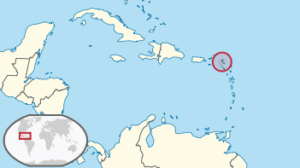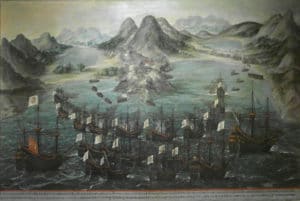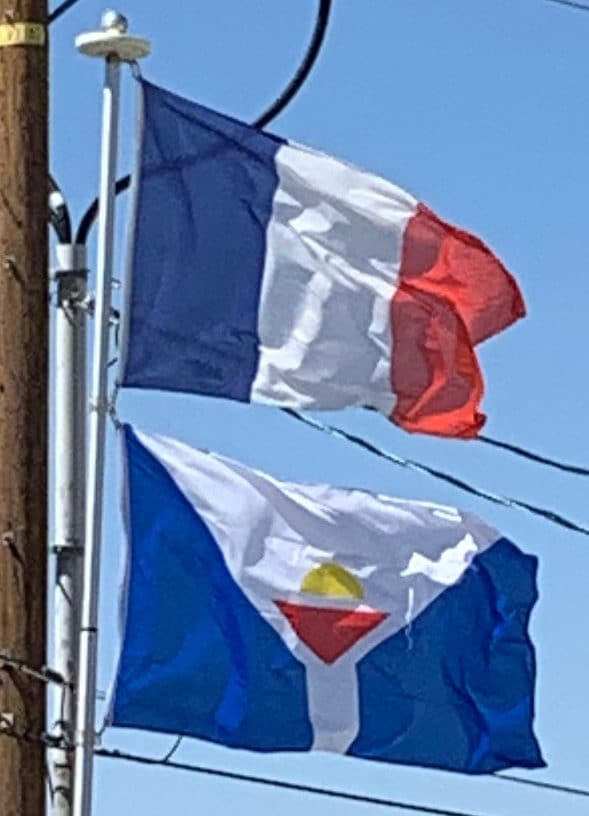Introduction:
The Collectivity of Saint Martin, is an overseas collectivity of France in the West Indies in the Caribbean. With a population of 36,286 as of January 2011 on an area of 53.2 square kilometres (20.5 sq mi), it encompasses the northern 60% of the divided island of Saint Martin, and some neighboring islets, the largest of which is Île Tintamarre. The southern 40% of the island of Saint Martin constitutes Sint Maarten, which has been a constituent country of the Kingdom of the Netherlands since 2010. This marks the only place in the world where France borders the Netherlands.

Before 2007, the French region of Saint Martin formed a part of the French overseas région and département of Guadeloupe. Saint Martin is separated from the island of Anguilla by the Anguilla Channel. Its capital is Marigot.
History:
Pre-Colonial:
Saint Martin was inhabited by Amerindian peoples for many centuries, with archaeological evidence pointing to a human presence on the island as early as 2000 BC. These people most likely migrated from South America. The earliest known people were the Arawak who settled there between 800 and 300 BC. Circa 1300-1400 AD, they began to be displaced by hostile groups of Carib people.
Arrival of Europeans:
Christopher Columbus was the first European to see St Martin on 11 November 1493 during his second voyage to the Americas.

Nominally now Spanish territory, the island became the focus of the competing interest of the European powers, notably France, Britain and the Netherlands. Meanwhile, the Amerindian population began to decline precipitously, dying from diseases brought by the Europeans.
In 1631, the Dutch built Fort Amsterdam on Saint Martin and the Dutch West India Company began mining salt there. Tensions between the Netherlands and Spain were already high due to the ongoing Eighty Years’ War, and in 1633 the Spanish captured St Martin and drove off the Dutch colonists.

The Dutch, under Peter Stuyvesant, attempted to regain control in 1644 but were unsuccessful. However, in 1648 the Eighty Years’ War ended and the island lost its strategic and economic value to Spain. The Spanish abandoned it and the Dutch returned. The French also began settling, and rather than fight for control of the entire island the two powers agreed to divide it in two with the Treaty of Concordia. The first governor of French Saint Martin was Robert de Longvilliers. Various adjustments to the precise alignment of the border occurred, with the boundary settling at its current position by 1817.
18th-19th Centuries:
To work the new cotton, tobacco and sugar plantations the French and Dutch began importing large numbers of African slaves, who soon came to outnumber the Europeans. The French eventually abolished slavery in 1848, followed by Dutch in 1863 (though prior to this slavery was scarcely enforceable as slaves could simply move from the Dutch to the French side of the island). Meanwhile, in 1763, Saint Martin was merged into France’s Guadeloupe colony.
20th-21st Centuries:
By the first decades of the 20th century Saint Martin’s economy was in a poor state, prompting many to emigrate. Things improved during the Second World War as the Americans built an airstrip on the Dutch side of the island.
